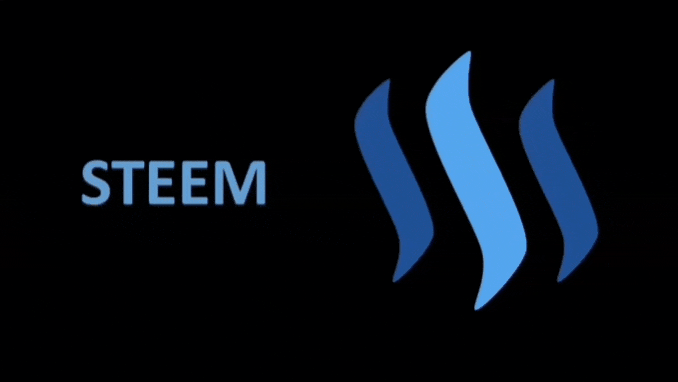Hi Everyone,
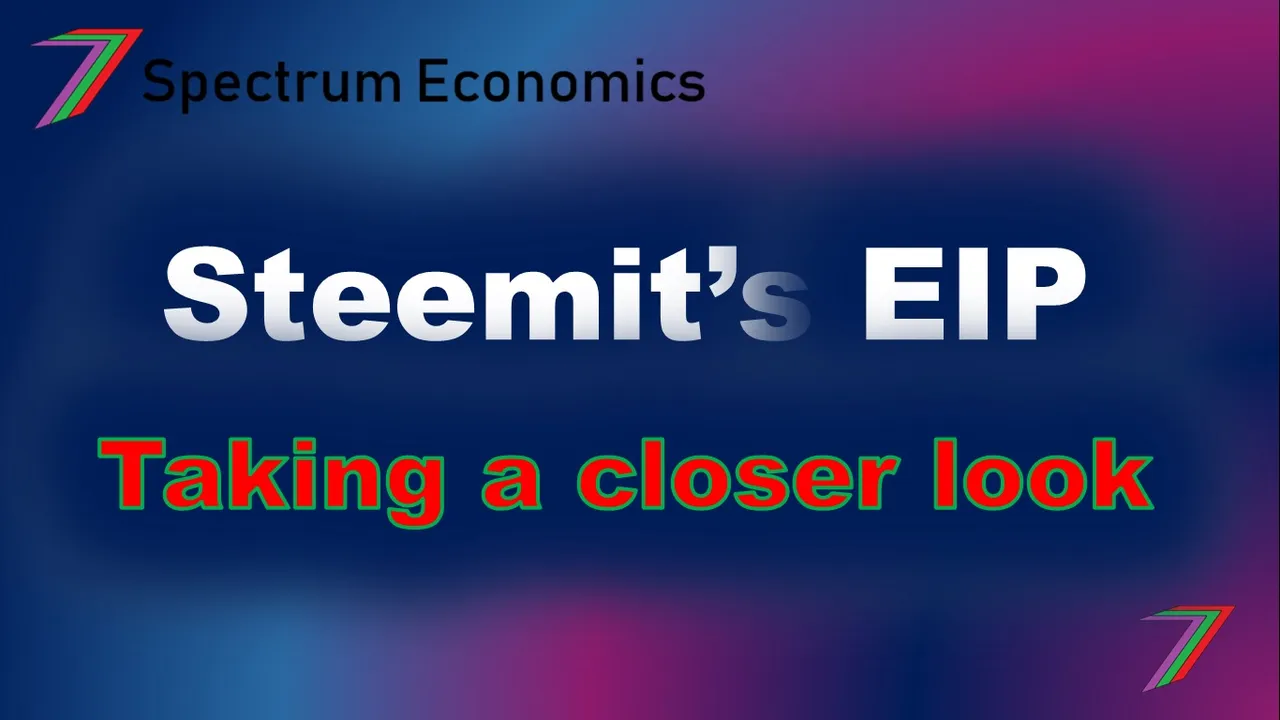
By now, most of you would have heard about Steem(it)’s Economic Improvement Proposal (EIP). You can access this post using the following link:
Improving the Economics of Steem: A Community Proposal
@vandeberg, Senior Blockchain Engineer for Steemit, has provided more detail and analysis of some of the elements to the proposal. See links below.
Quick Summary of proposal
The proposal contains three key elements; they are as follows:
- Moving from a linear rewards curve to a convergent linear rewards curve.
- Increasing the percentage of rewards that are distributed to curators.
- Create a separate “downvote pool”.
The proposal was initially conceived by @trafalgar and has been supported by several other people for over a year.
Why propose changes?
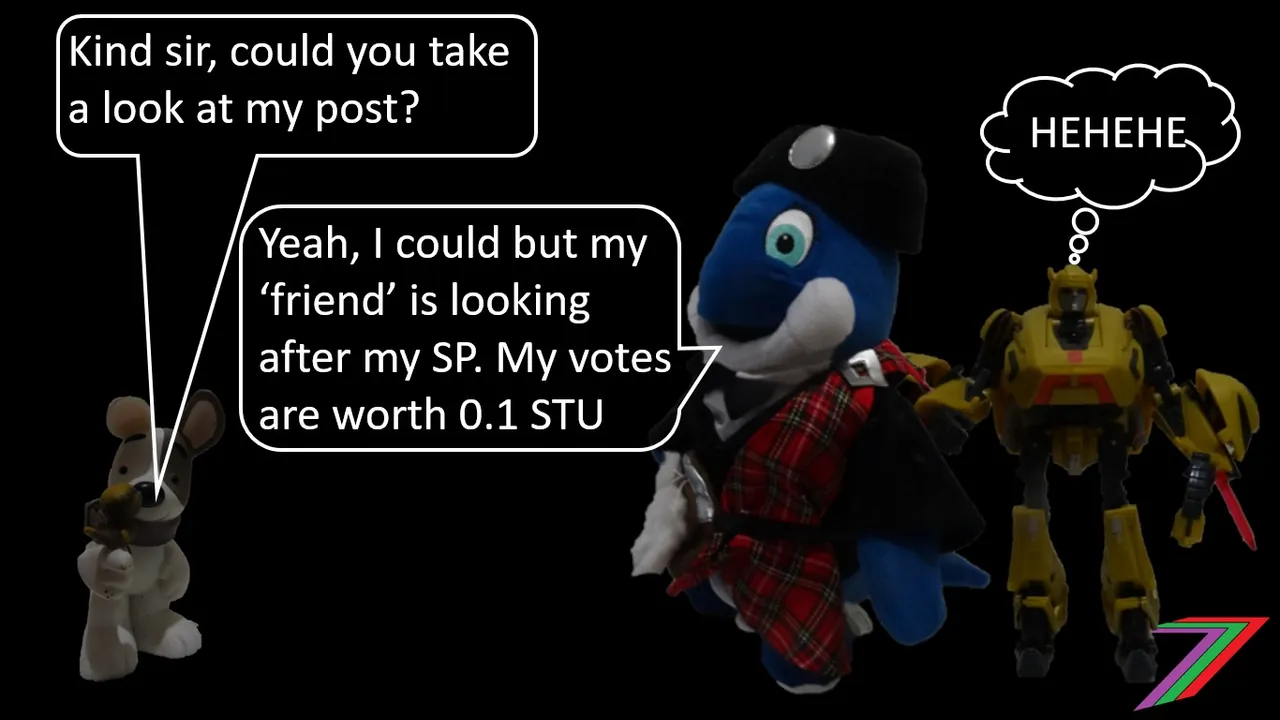
The proof-of-brain concept for allocating newly created Steem from the rewards pool is not functioning as intended. The rewards pool is intended to be used to reward good and/or popular content, those involved in content discovery, witnesses for looking after the blockchain and investors for holding Steem Power. Witnesses and investors (paid in interest) are receiving rewards as intended. However, content creators are not as many holding Steem Power have opted out of curation. Instead of curating content, people have decided to self-vote, vote within a particular group, sell votes or delegate to a vote selling service (e.g. bid-bot). The rewards from these activities are considerably higher than curating content. On average, curation rewards return less than 25% of the vote cast. The alternative courses of action return between 70% to 100% of a vote.
If people do not curate content, content creators do not earn from posting content. Many content creators buy votes and earn, in return, a small percentage of the vote (i.e. somewhere between 0% to 15%). On occasions, content creators even lose money. These rewards are not based on the quality or value of the content but instead the timing of bids for votes.
The extent of vote buying is evident with the Steemit trending page. Almost every post on the trending page has bought votes. Many of these posts have over 80% of their payout value from bots. I have written about the bots and the trending page several times, see links below.
Bid Bots and the possible economic implications
The Trending Page AKA the Front Page of Steemit
How could the proposed changes solve the above-mentioned problems?
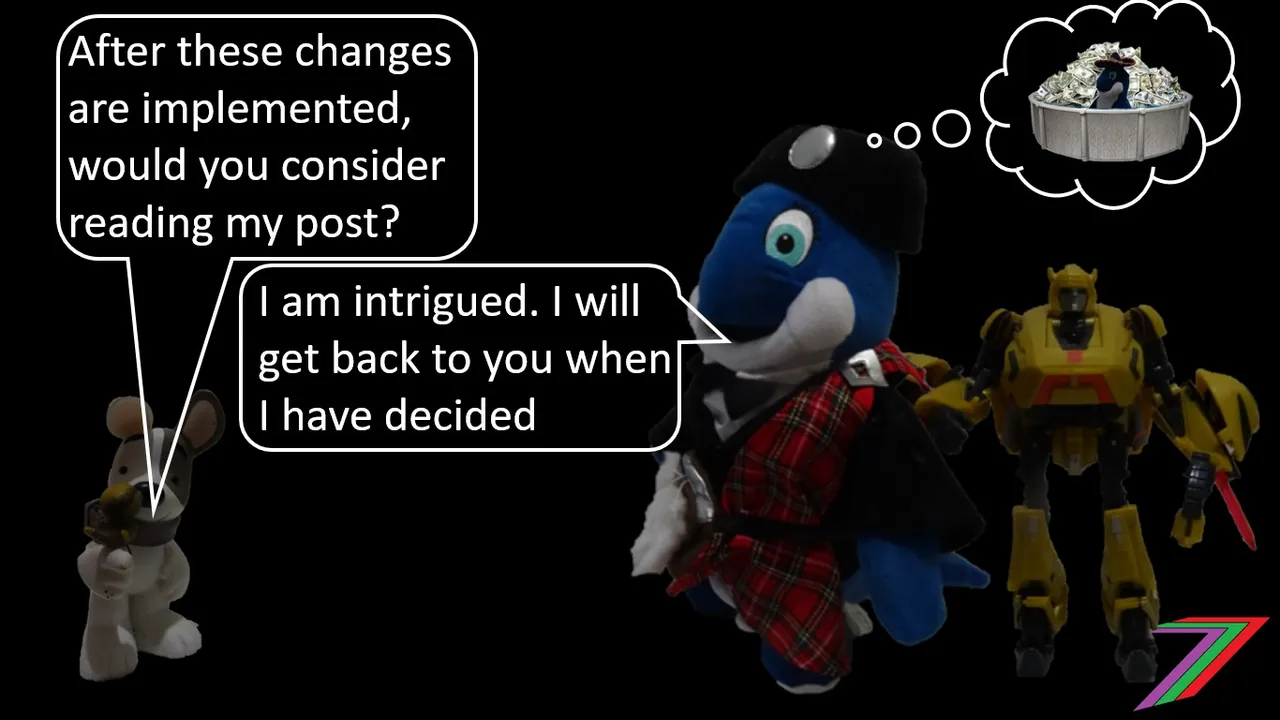
The problems identified above were identified a long time ago. Many solutions have been put forward. So far, very little action has been taken. The Steem(it) EIP is the most likely proposal to be pursued to address these problems.
It is important to understand that three changes have been proposed together, as individually, these changes would most likely not make a significant difference.
Convergent linear rewards curve
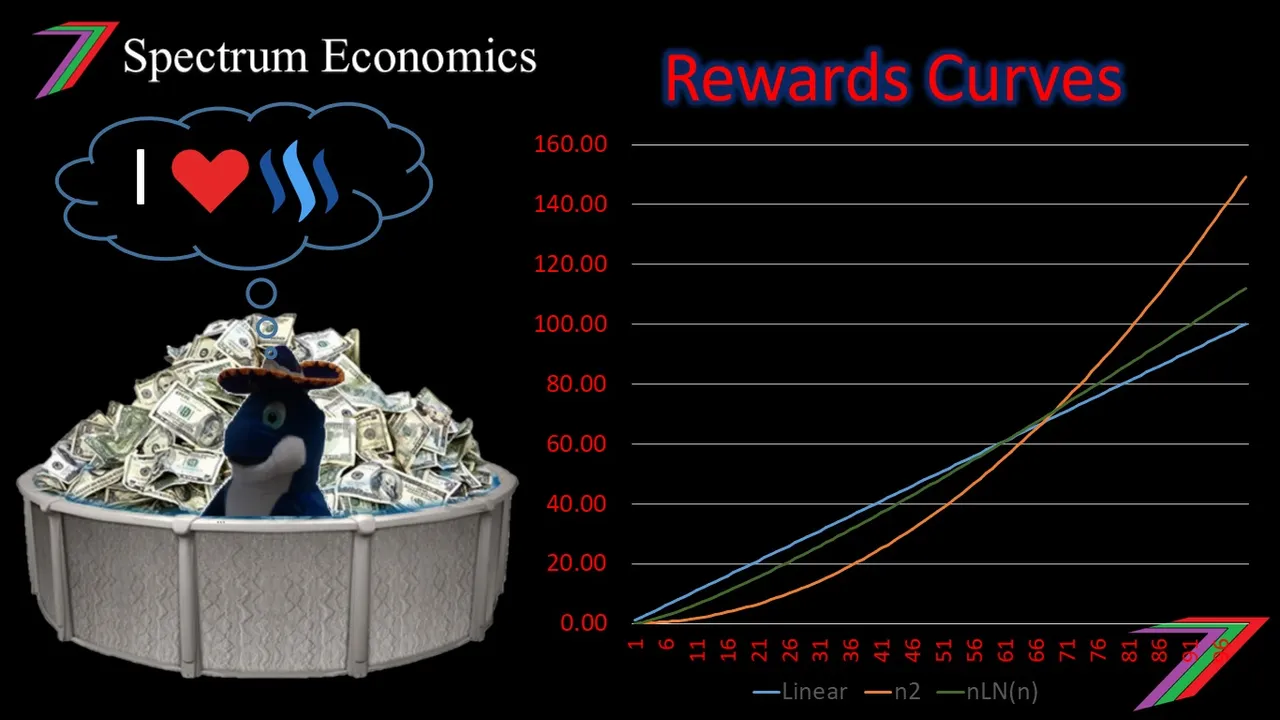
I discussed the convergent linear rewards curve in a recent post ’Steem Rewards Curve - Bend or not to bend?’.
In short, the convergent linear rewards curve will penalise posts that have less reward shares (i.e. low pending payouts). These types of posts are presumed to be lower quality and supported by self-votes. Posts that receive more reward shares will obtain higher payouts. The extent that this will occur will depend on the rewards curve formula. The proposed convergent linear rewards curve will only have a very small impact on the rewards of most posts.
Higher curation rewards

Increasing curation rewards is intended to attract more people to actively curate content. The curation rewards, based on my understanding, are most likely to increase from 25% to 50%. The rewards from curation, on average, will still be lower than rewards from self-voting and vote selling. Curation will also require more effort than self-voting and vote selling. Someone purely motivated by accumulating as much Steem as possible may not change his or her behaviour, as curating content is not a profit maximising strategy. However, there will be people who choose to curate because they believe they can add value to the community. The higher curation rewards could be sufficient to support this behaviour even if it does not maximise returns.
It is difficult to know how many users will stop selling votes and how many will continue based on higher curation rewards. I believe it is worth giving it a try.
Separate downvote pool

Including a separate downvote pool supports the first two changes. Downvoting, as it stands, consumes Voting Power just like an upvote but does not generate any rewards. A downvote costs the downvoter almost as much as the downvotee (i.e. downvoter could have self-voted, or sold the vote used for the downvote). The high costs of downvotes has resulted in a lack of usage as well as inappropriate usage of downvotes. Based on observation, downvotes are mostly used by spam fighters, bullies, and in flag wars. Downvotes are rarely used as negative feedback for content. The inappropriate and lack of use of downvotes has turned downvoting into a taboo action.
The Steem(it) EIP proposes the creation of a separate downvote pool. This downvote pool will be considerably smaller than the upvote pool; @vandeberg estimates it will be 10% to 25% of the size of the upvote pool. Therefore, the first few downvotes will not consume Voting Power that could be used for upvoting. However, downvotes will not receive curation rewards. Therefore, downvoting will not be disincentivised nor incentivised. For example, 10 full upvotes a day optimises a person’s Voting Power. Therefore, a downvote pool of 20% of the size of the upvote pool should allow for 2 full downvotes a day before consuming the upvote pool.
If downvotes are used as intended, actions such as self-voting low quality posts, buying votes for low quality posts and collaborative voting of low quality posts will become less profitable. Possibly less profitable than genuine curation. Many people are afraid of retaliation from those that have received the downvotes. Retaliatory downvoting is a problem in the existing system. This is largely because there are so few downvotes. Therefore, retaliatory action is considerably easier. If an abuser receives many downvotes from many different users, it will be considerably more difficult to retaliate against all.
What could go wrong?
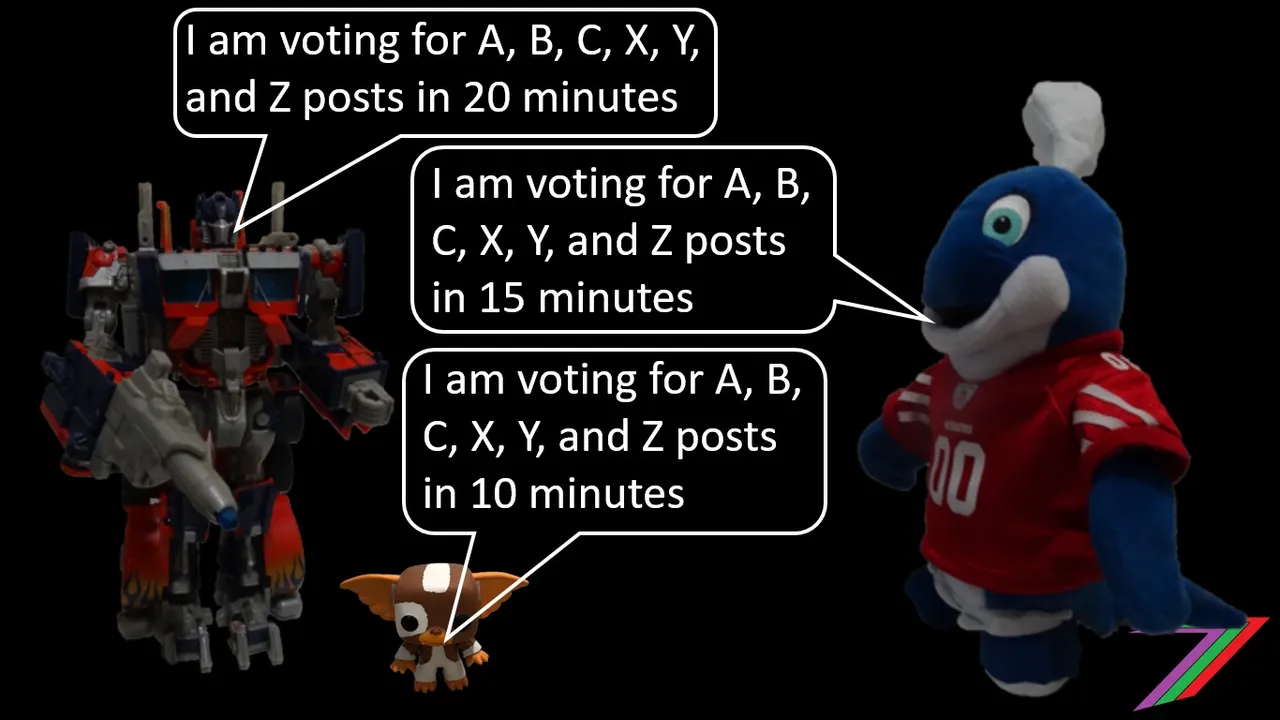
The success of all of the above changes relies on changes in behaviour. None of the proposed changes forces people to change their behaviour in anyway. These changes just provide more incentives for users to use their Steem Power to curate content rather than self-voting, collaboratively voting, selling votes or delegating Steem Power to vote selling services.
Removing the disincentive to cast a few downvotes may not be effective if the most predominant reasons for not downvoting is the anti-downvoting culture or fear of retaliation. It is possible that downvoting will predominantly be carried out by large accounts, which have less bias against downvotes and are more resistant to retaliation.
The suggested changes could also inadvertently promote other types of behaviour that does not benefit the community. One such behaviour is frontrunning large votes. Frontrunning large votes from whales or bots can more than double a person’s curation rewards. Therefore, 50% curation rewards could become 100% or higher for the frontrunners. The votes of bid-bots are easy to anticipate as votes are made 15 minutes to several hours after a bid has been made. If the changes reduce bot usage frontrunning will be less of a problem. If bot usage does not significantly decrease, frontrunning could become the new most profitable action.
The proposed changes will reduce the profits of bid-bots but the usage could still be high. Steem lacks promotional services other than bots. Content creators will still demand exposure for their posts. There will also be investors that will not have the time to curate content; they would still prefer a passive income. This demand for exposure and demand for a form of passive income will keep bots around. If downvoting low quality posts becomes more common, at least the quality of posts boosted to the trending page will improve.
Important Note (Edited)
Curation rewards will fall if the price of Steem Blockchain Dollars (SBD) increases. The price of SBD has fluctuated in the past and could do so in the future. The change in the price of SBD alters the reward ratio between content creators and curators. This is because content creators have an option to split rewards 50/50 between Steem Power and SBD. Curators do not have that option.
For example, a post has a payout of 100 STU (Steem Token Units). If the curation rewards are 50%, 50 STU goes to the content creator and 50 STU goes to the curator. The content creator will receive 25 Steem Power divided by the price of Steem and 25 SBD. The curator will receive 50 Steem Power divided by the price. If the price of Steem is US$1, the curator will receive 50 Steem Power. If the price of Steem Power is U$$5, the curator will receive 10 Steem Power. If the price of SBD increases, the amount of SBD that a content creator receives does not fall. Therefore, the content creator will obtain a higher share of rewards as the price of SBD increases. Table 1 contains the curation rewards at various prices of SBD.
Table 1: Curation rewards as the price of SBD increases
| Price of SBD (US$) | Percentage Curation Rewards |
|---|---|
| 1 | 50.0% |
| 2 | 40.0% |
| 3 | 33.3% |
| 4 | 28.6% |
| 5 | 25.0% |
| 6 | 22.2% |
| 7 | 20.0% |
| 8 | 18.2% |
| 9 | 16.7% |
| 10 | 15.4% |
This problem can be solved if SBD can be successfully pegged to the US Dollar. If pegging SBD cannot be reliably implemented, Steem Power could be paid out to curators in both SBD and Steem Power in the same manner that it is to content creators.
My thoughts
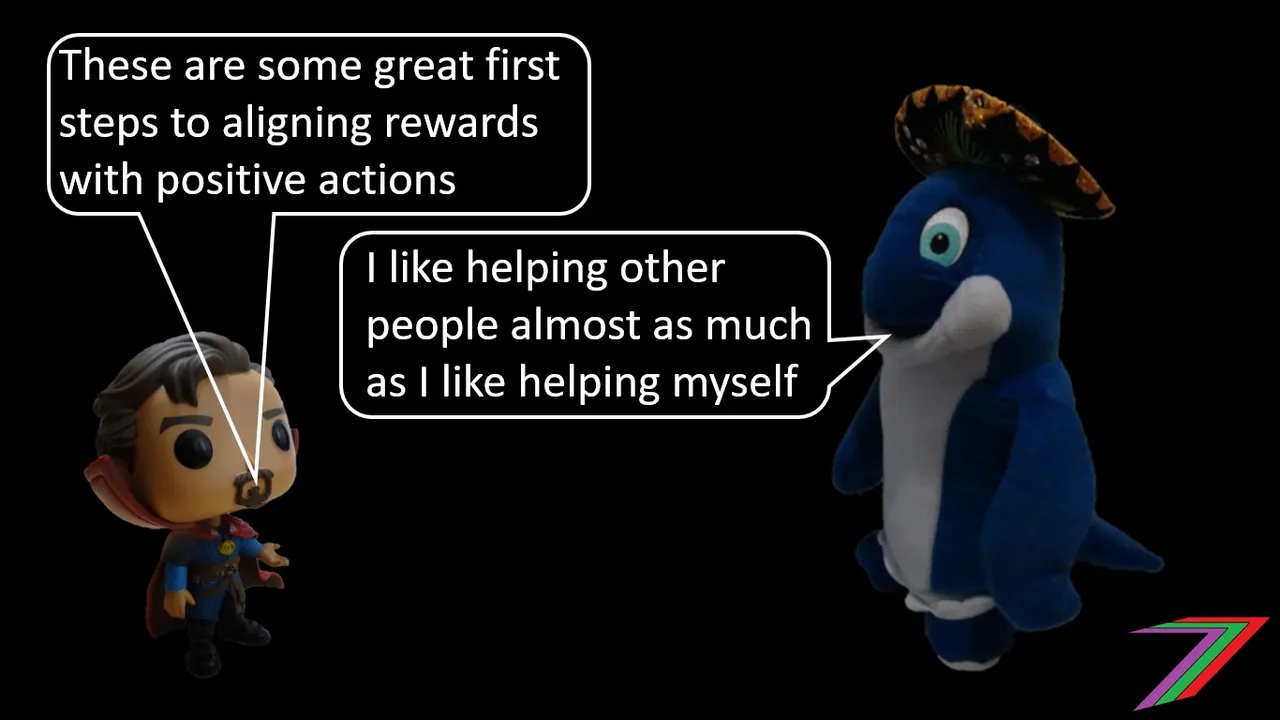
I believe the Steem(it) EIP is a great step forward. The proposed changes are likely to improve the existing ecosystem. The extent of this improvement is uncertain. Users that are strongly supporting the changes can set a good example by becoming active curators of content. I would expect many other users to follow.
I do not believe all the problems will be solved by the proposed changes. I would still recommend that at least one of the more popular frontends of Steem such as Steemit, should offer alternate options for content promotion. Steemit has featured posts; maybe they could extend this idea to users. For example, users could pay to have a featured post in tags or in the feeds of users with the selected favourite tags. I believe investors need alternate forms of passive income other than bots. The DApps could fill this void by offering profit sharing from advertising with delegators.
More posts
If you want to read any of my other posts, you can click on the links below. These links will lead you to posts containing my collection of works. These posts will be updated frequently.
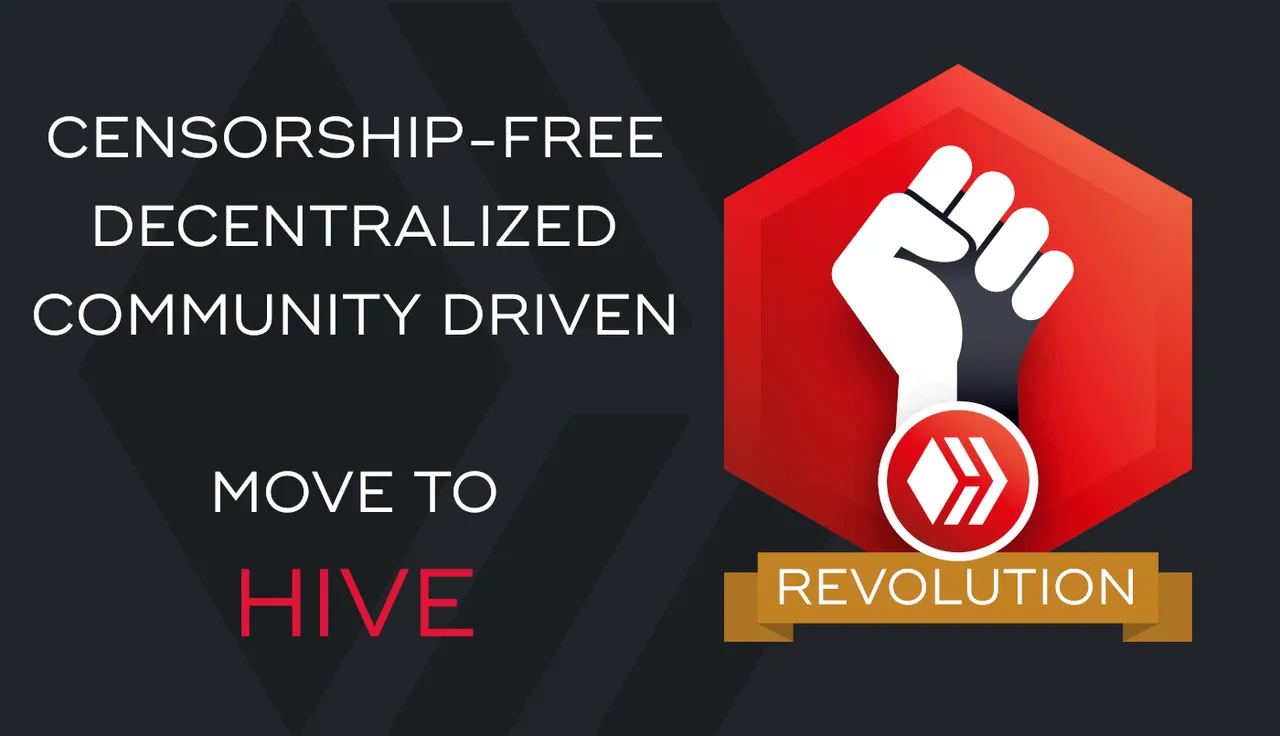



Steem - The Future of DApps
